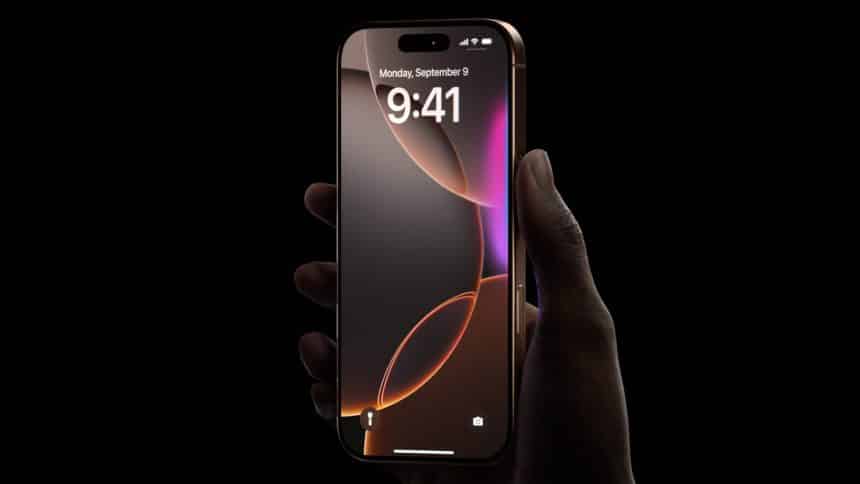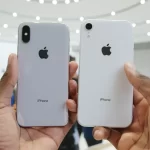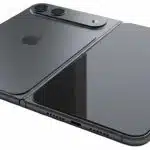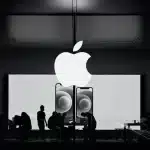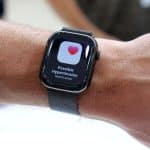Apple has reported an unusual buying trend as consumers rushed to purchase iPhones earlier than usual. The surge in demand came in response to looming U.S. tariffs, which many feared would drive up device prices.
CEO Tim Cook confirmed that early-quarter sales were influenced by concerns over tariff-related price hikes. Speaking to CNBC, Cook estimated that these early purchases added one percentage point to the company’s overall 10% growth for the quarter.
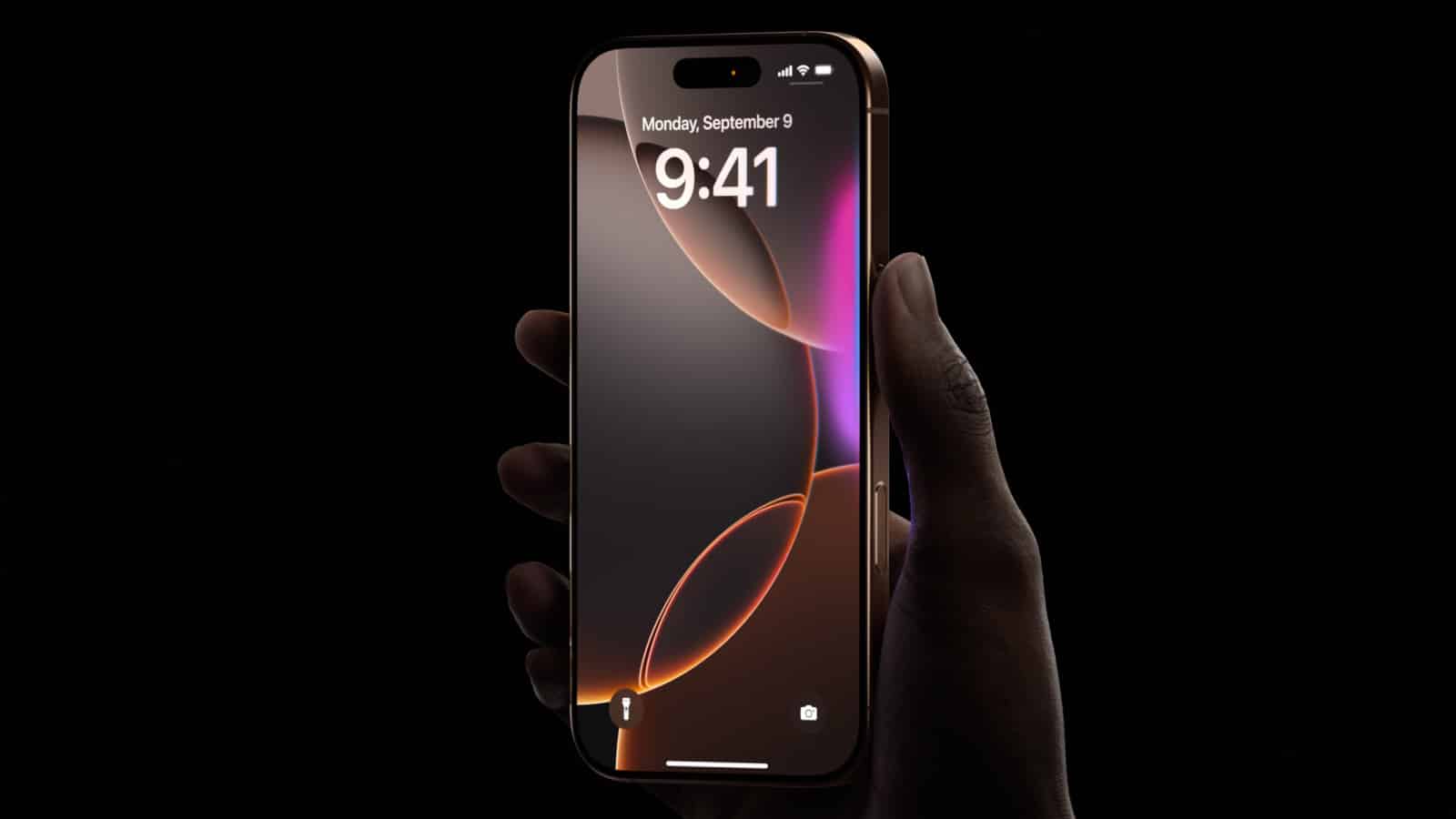
Apple’s Strategy to Reduce Tariff Impact
During Apple’s May 2025 earnings call, Cook had previously noted a small wave of “panic buying” due to tariff threats. However, as tariffs officially took effect, the impact became more visible. Apple acted quickly by adjusting its supply chain to protect consumers from immediate price increases.
“The bulk of the tariffs we paid were IEEPA tariffs targeting China,” Cook explained, referring to the “reciprocal” tariffs introduced by former President Donald Trump. To mitigate the costs, Apple shifted much of its iPhone production for the U.S. market to India, while other products like MacBooks and iPads are now mainly made in Vietnam.
Future Price Rises Still Possible
Despite these efforts, Apple warned that the long-term outlook remains uncertain. Cook highlighted that the tariffs could add nearly $900 million to Apple’s costs. This raises the possibility of future price hikes — especially with the upcoming launch of the iPhone 17 in September.
While Apple has managed to shield U.S. consumers for now, Cook refrained from offering earnings guidance for future quarters, citing too many unpredictable variables.
Apple’s quick response to tariff challenges has helped maintain sales and stabilize pricing for now. However, the ongoing uncertainty around international trade policies means consumers may still face higher costs in the near future.
